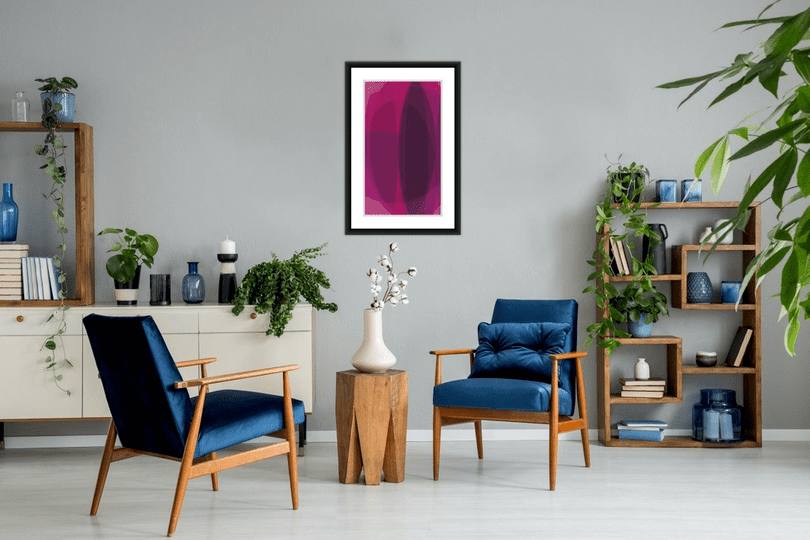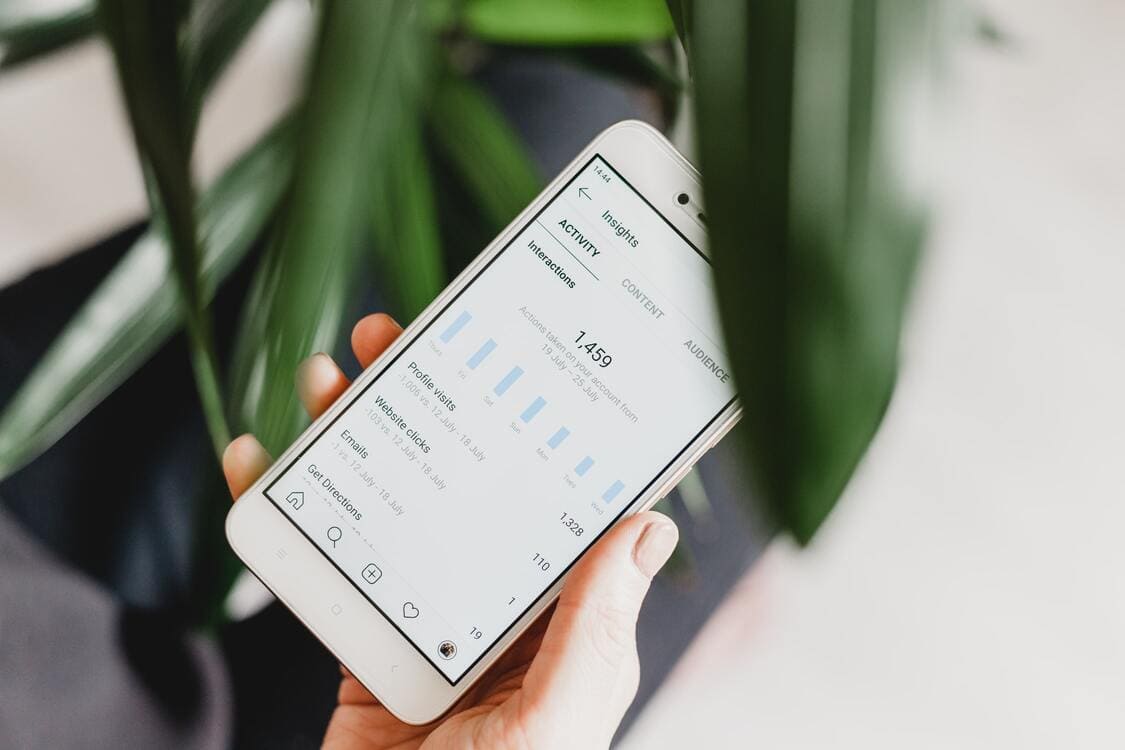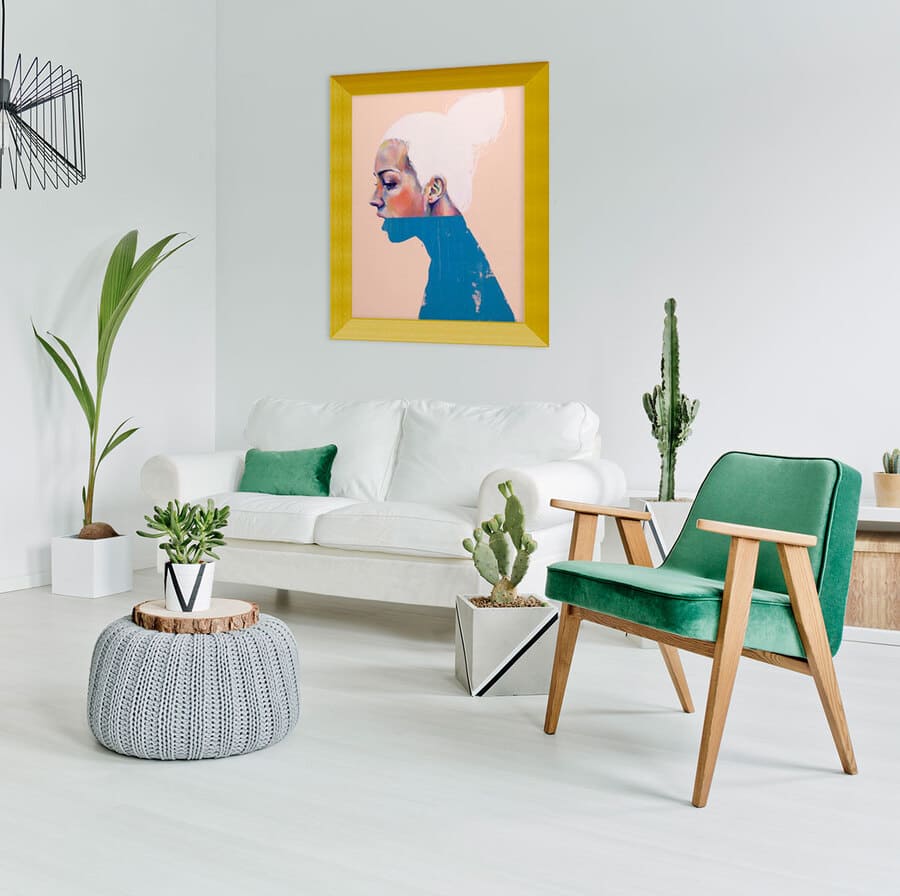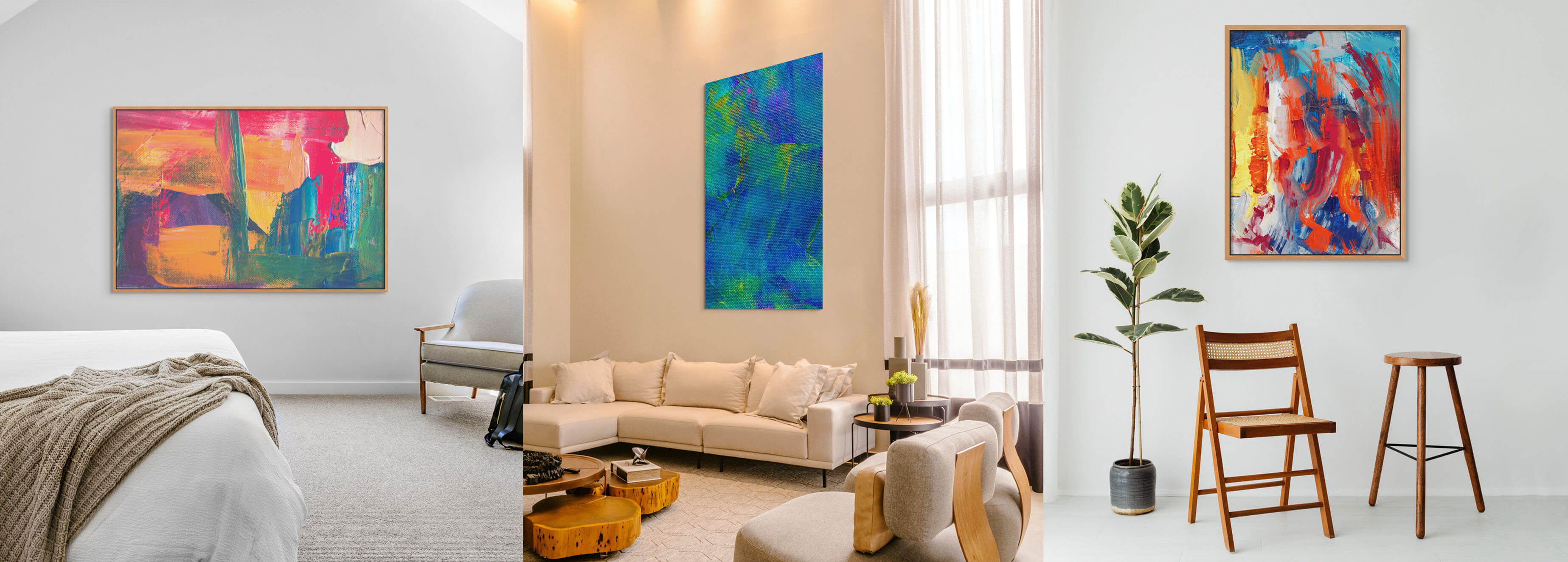Contents
Dennis Towers, Artist & Art Lounge Founder, tells us his secrets about creating an immersive art landscape to ultimately increase traffic and sales.
Marketing today
Not long ago, marketing meant advertising your product, service, or self. We called this branding. Those days are gone. A brand is now an aesthetic. Your goal is to be part of the aesthetic.
If, for instance, you want to sell uniquely handcrafted shoes, you may do well to also promote – actively or passively – outfits and accessories, even those offered by others, that share your shoe’s aesthetic. You may elect to include even broader interests associated with your target audience. Do people who like your shoes also like boating? Creating – or participating in – a fully decorated aesthetic environment is essential. In doing so, you create the opportunity for an affinity audience to gather around your offering, creating a pool of potential buyers.
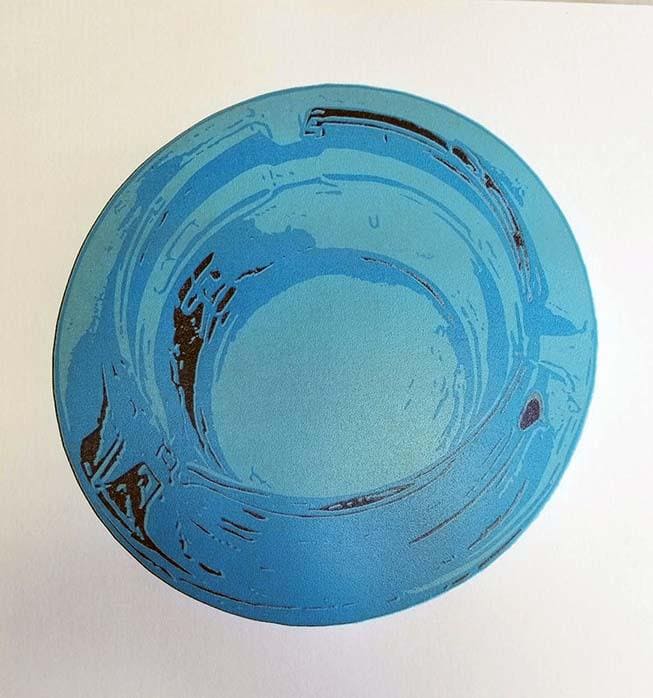
Flying Saucer Ashtray (blue) by Dennis Towers.
Modern marketing is not unlike product placement in the movies, where the movie is running worldwide in real-time, and really isn’t about – although it includes – your product. Why is this so? Audiences want more experience (and less shopping) from their shopping experience. Hence the rise of Instagram and others in retail sales.Many shoppers aren’t actively shopping. Often, they’re just looking for something to catch their eye. It could be informational (a story about boating), or something occupying, like a game, or – in many cases – aspirational: something they want to experience, achieve, or purchase. If your marketing plan is solid, that aspiration could be your product or service.
So you’re probably thinking… yeah, well, maybe that’s right and maybe it isn’t, but what does it all really mean… exactly how would I go about doing any of this? Well, I can’t tell you how to build your environment, but I can show you how mine took form.
Finding buyers
The goal of my plan was probably the same as yours: bring more traffic to my website. And my first thought about how to do that was probably the same as yours. Google. So I dove in. For about a grand a month in AdWords, I could land my ad in the first to third position on the first page all day long, no problem (that was thrilling for about a minute). But I couldn’t find any buyers. Then it dawned on me. I was trying to promote my artwork the old-fashioned way (if on a hotshot techno platform), by trying to call attention to it, instead of immersing it in an environment that already had someone’s attention.
Focusing on scenery
On Instagram I could embed my work in a stream… an affinity, an aesthetic. People began finding my work on their own. And it wasn’t just me they found. Their streams included furniture makers, whose furniture would look great with my art… and clothing lines, whose clothing would look great on people sitting on the furniture that looked great with my art… well, you get the idea. I was being included in people’s customized affinity pools… and shared across them. I was gaining an audience that I hadn’t gained on Google.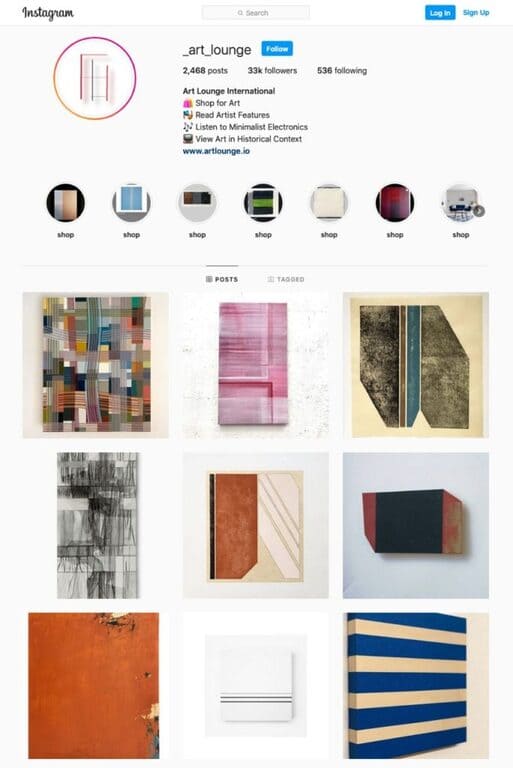
Art Lounge Instagram.
That lead to a bigger and better Instagram page, where I included works by many artists, far outnumbering my own. I focused on artworks similar to mine in content and pricing, each tagged forward with credit to the artist. The idea being that a visitor to my curated page (a) could discover and directly contact mutually admired artists, or (b) would likely enjoy and possibly purchase my artwork. Soon I had a larger audience: 32K and counting. Not enormous, but better than Google’s results. And I got it by promoting other people’s work along with my own.
Growing the environment
I created a companion website: Art Lounge. Think of it as an extended destination to my Instagram page, as well as a standalone site. A place to host – and sell – works by selected artists from the Instagram page next to my own. There, I also posted hard-to-find electronic music I thought would appeal to those who came this far. I posted a video series that highlights artworks in the context of their historical period, a fascinating series produced by the Annenberg Foundation. Affinities within an aesthetic.
Thus completing my immersive aesthetic funnel, which begins with the Instagram page, leads to the Art Lounge website, then to my site. Each step of the way, a visitor reinforces, or self-qualifies, their interest in the type of artwork I make and sell.
Can you do it?
Sure, it was a lot of work to set up. And it doesn’t happen overnight. But maintenance gets easier over time. Especially with the right tools, like the fantastic image placement app from ArtPlacer, which truly immerses your artwork in an environment, giving visitors a real and innate sense of scale and more importantly, Presence. A game-changer in a client’s purchase decision.
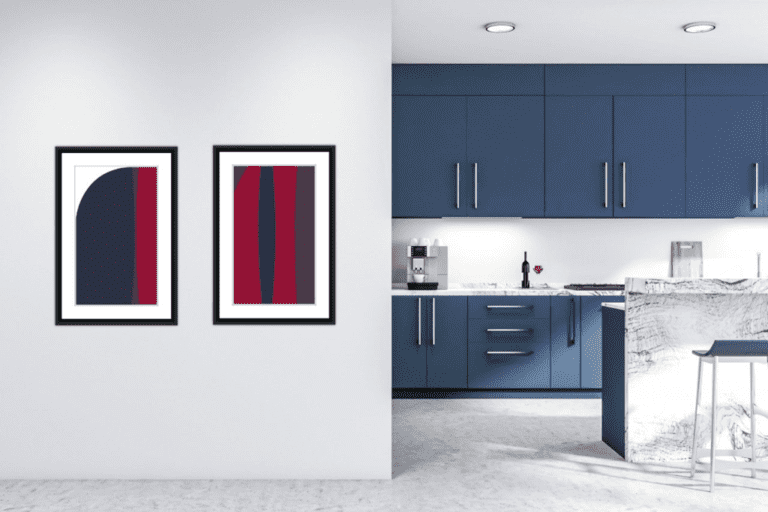
Does it really work?
In a word, yes. Every measure that should be up (traffic, sessions, sales, etc) is up. Every measure that should be down (bounce rate, etc) is down, each by many multiples (from 300 – 500% up, and 50-80% down). To achieve similar results from Google – if even possible, would, I estimate, cost $5000 or more monthly. I spend about a tenth of that. And that’s not on advertising. That’s just the cost of running a couple of websites, Instagram being free.
Selling anything, especially art, is always hard work. But I love every minute of it. I know you will, too. And the feedback you get from all the great people you encounter along the way makes it ever so much more rewarding, still.
Special thanks to Dennis Towers, Artist & Art Lounge Founder, for sharing this post! To learn more about his proyects, visit www.artlounge.io and www.dennistowers.com.
